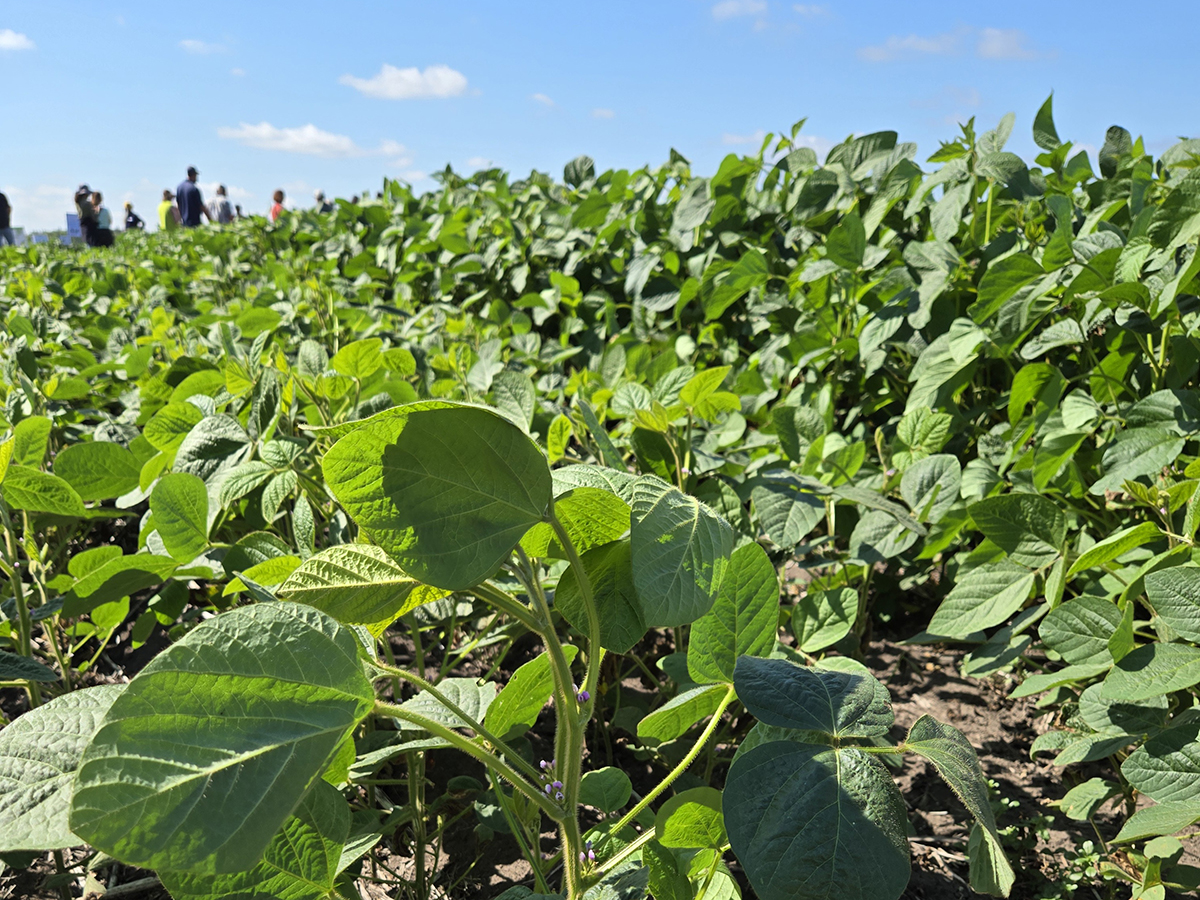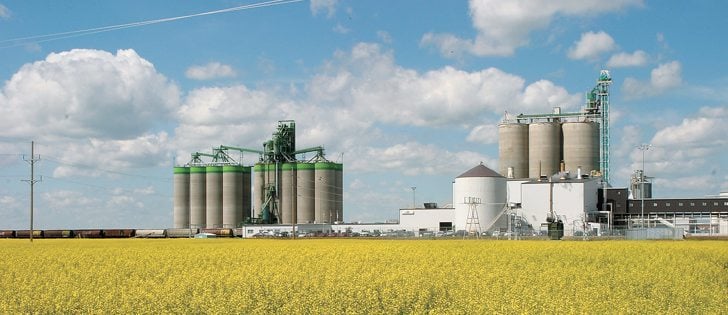For most of Manitoba and Saskatchewan, 2009 is becoming known as the year without a summer.
Cool temperatures have prevailed on the eastern Prairies, resulting in the coolest June and July since 1993, said David Phillips, senior climatologist for Environment Canada.
Using temperatures at Yorkton as an example, Phillips said the average daily high for July was 22.5 C (as of July 29), 1.8 C cooler than the 30-year average of 24.3 C.
Phillips said Yorkton has had only one day this summer, July 19, when the temperature topped 30 C. In a typical summer, that should’ve happened at least five times in June and July.
Read Also

Spider mites big soybean problem this season
Spider mite issues have been geographically limited but significant where they occur, said John Gavloski, an entomologist with Manitoba Agriculture.
“This (summer) has certainly been the coldest since 1993,” said Phillips, noting that the average daily high in Yorkton, for July 1993, was 21.1 C.
The cool weather is also hitting Ontario, Minnesota, Wisconsin and North Dakota.
July in Grand Forks, N.D., for example, has been 2 C cooler than a typical July, based on U.S. National Weather Service data.
Nancy Godon, senior meteorologist for the NWS centre in Grand Forks, said the below normal temperatures extend into Wisconsin and southern Minnesota.
Phillips described the situation as a stalled weather pattern, with a ridge of high pressure off Canada’s west coast and another ridge in the North Atlantic. Stuck between is a trough of low pressure that delivers a cool northerly or northwest flow to the Prairies.
On top of the chilly conditions, Godon said the northerly flow contains dry air.
“We have a drier, lower atmosphere, so it’s more difficult for widespread areas of rainfall,” she said. “So you’re seeing more scattered to isolated storms.”
A stagnant low is not unique, both Godon and Phillips noted, because it is a common weather pattern in the summer. What’s distinct about this year is that the low refuses to budge.
“When you see the atmosphere set up in certain regimes … (it) tends to persist,” Godon said.
Usually a reason
Looking back, Phillips said both 1992 and 1993 were particularly cool summers, but there was an explanation. The eruption of Mount Pinatubo in the Philippines clouded the skies with volcanic ash and altered global wind currents.
This year, there isn’t a prime suspect to blame for the stubborn trough of low pressure over Canada.
“I don’t think we have an answer to that,” Phillips said.
But, there is a theory that the cool weather is connected to a phenomenon known as Pacific Decadal Oscillation.
PDO is similar to El Nino and represents water temperature cycles in the Pacific Ocean.
The distinction is that PDO is based on ocean temperatures in the northern Pacific, whereas El Nino is water in the tropics.
Furthermore, Phillips said, El Nino and its sidekick La Nina typically last for six to 18 months. In contrast, a cool or warm phase in the northern Pacific can last for years or even decades.
“This one (PDO) lasts for long spells … a decade or more,” he said.
Since 2005 the water temperatures in the northern pacific have been cooler, which affects the air temperature above the ocean and alters continental patterns of air circulation.
At this point the impact of the phenomenon is mostly speculation, Phillips noted, because PDO is a recent discovery and not well understood. In 1996, a fisheries scientist, David Hare, identified the temperature oscillation while studying cycles in the Pacific salmon catch.
Phillips said Environment Canada models indicate that August will be warmer than normal in B.C., Alberta and the western half of Saskatchewan, with cool weather persisting in the eastern half of Manitoba.















